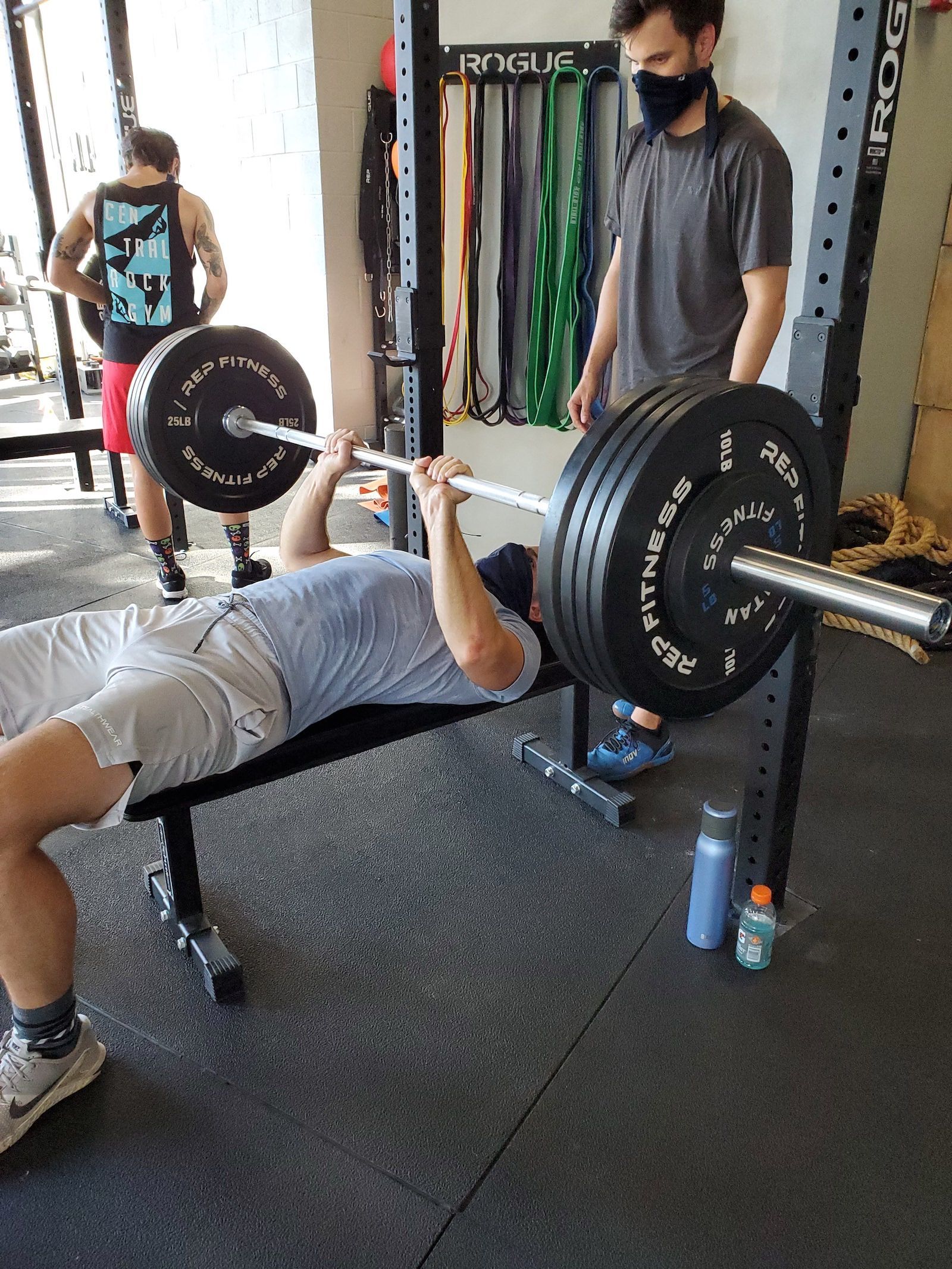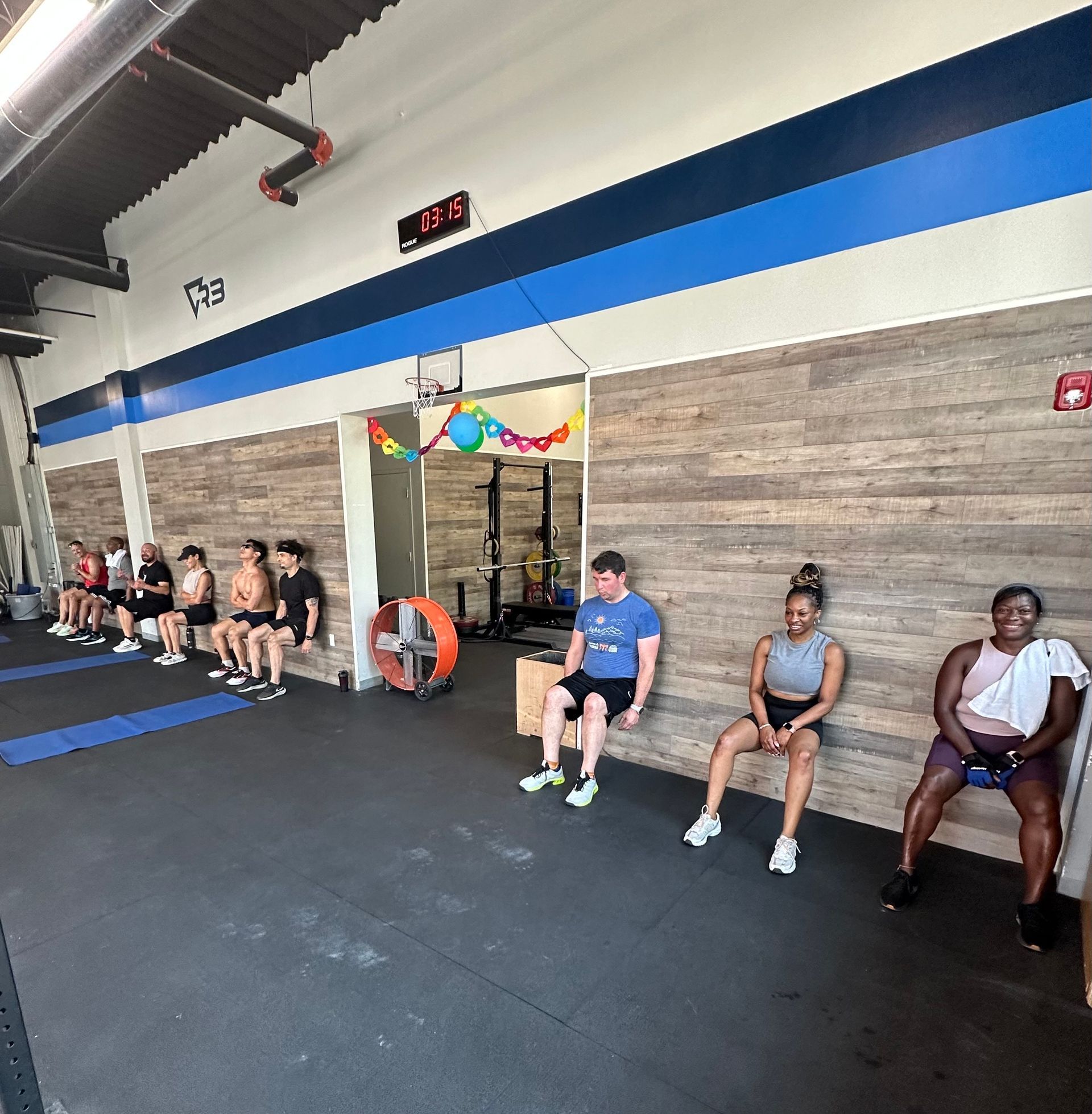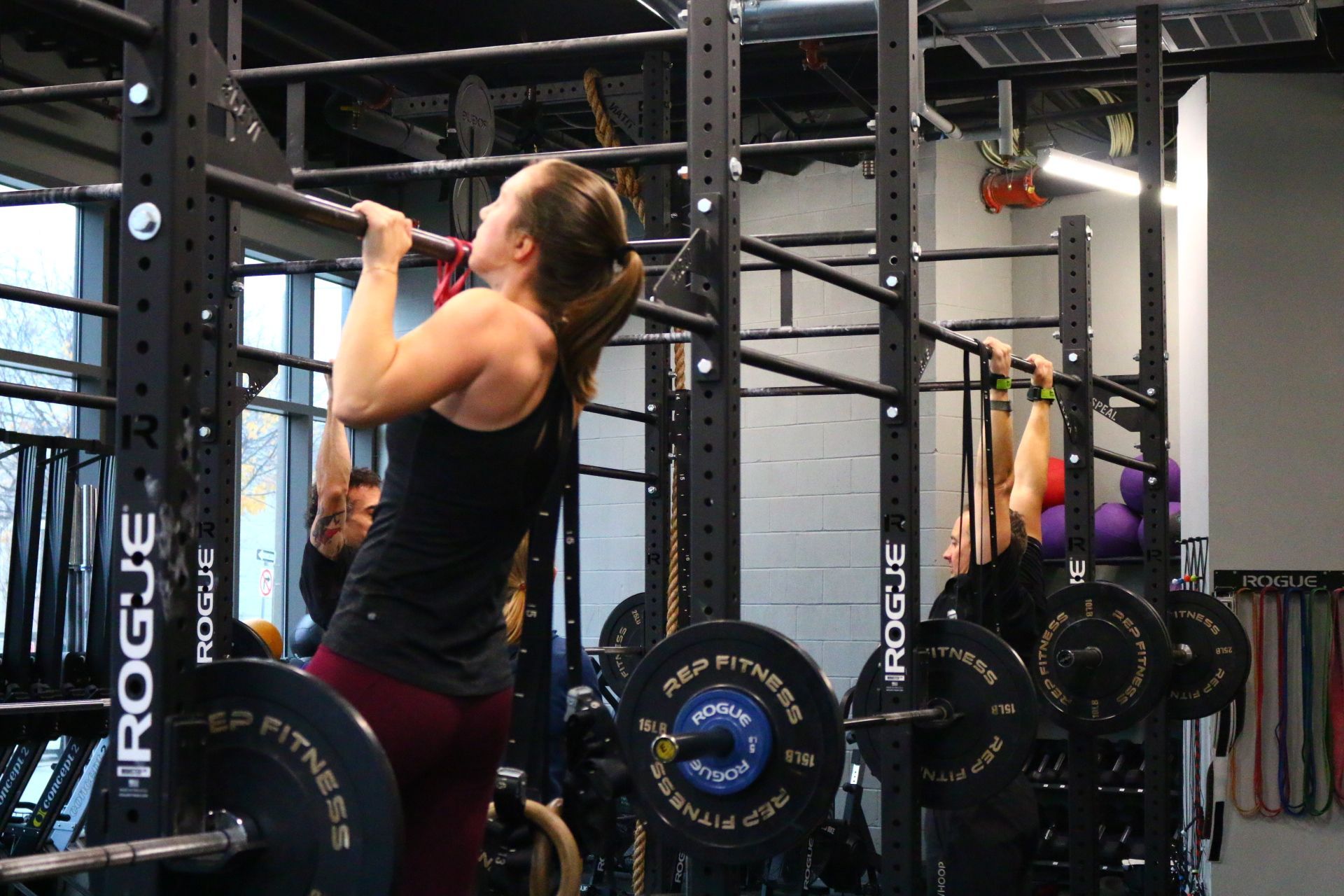Daily Life Movement Essentials: Upper Body Pushing

Upper body pushing is a part of our everyday lives.
While we all love the strong, sturdy look that push-ups, bench, or strict press can give us, it’s an essential part of moving in our life and can help build our body’s supportive structure. There are various ways to improve our upper body strength through working muscles like the chest, shoulders, triceps, biceps, upper back, and even our core. As we add resistance to our pushing, you can expect to have an added bonus of improving and maintaining our joint strength and bone density (which becomes more critical as we age!).
Today, we are talking all about pushing. Whether we are pushing our bodies up off the floor, pressing an object and placing it on a shelf above our head, or just trying to push something away from our body, we are pushing. We use this movement daily and probably don’t even realize it, making pushing an essential part of our day.
When we are pushing, we are using many different muscles to varying degrees. Depending on the direction, it will vary to what degree some muscle groups are used. Pectorals (chest) are responsible for most of our horizontal pushing while still playing a role in our vertical pushing (and more importantly, beach season!). Our deltoids (shoulders) are responsible for our vertical pushing while still playing a role in horizontal pushing. Our triceps assist in both vertical and horizontal pushing as they are the main drivers for our elbow extension.
Vertical Push

What is a vertical push? A vertical push is any exercise that pushes us away from an object or pushes the object away from us in a vertical path. Handstand push-ups, strict presses, and DB presses are all great examples of a vertical push.
Horizontal Push

Now that we’ve covered, vertical pushes, let’s talk about what a horizontal push is. A horizontal push is an exercise that pushes our bodies away from an object or pushes an object away from us in a horizontal fashion. A push-up or bench press are perfect examples of a horizontal press.
Movement breakdown push-ups

Set up
- Set up with four points of contact: hands should be shoulder-width apart and directly under our shoulders.
- The balls of our feet should be hip-width or narrower while maintaining a plank position to create a straight line from shoulder to ankle.
- Begin with arms extended in a plank position – we should be able to draw a straight line from our ankles to our shoulders.
Eccentric phase
- Continue by lowering our chest and thighs to the ground while maintaining that straight line and keeping our elbows over your wrists.


Standing
- When at the bottom of your push-up, drive your hands through the ground to return to the starting position.
Benefits of Upper Body Pushing
Why is upper body pushing so important? There are many benefits that can impact our day to day lives as well as our workouts. When we take the time to move with the correct form, we can expect to work multiple muscles such as your chest, shoulders, triceps, biceps, upper back, and even our core when we perform movements like the push-up. Pushing movements not only strengthen our muscles, but just like squats, they help build our body’s supportive structure. As we add more resistance to our pushing, we can expect to have an added bonus of improving and maintaining our joint strength and bone density.
As we age, our strength diminishes. This is why the importance of building a strong base before we start aging becomes more important with foundational movements. We want those situations in our lives to remain manageable as we age, training our chest, shoulders, and triceps will help us manage and prepare ourselves as we get older.
Try this experiment!
Lay flat on your stomach and then without the help of your arms, try to get yourself up to a standing position. With some difficulty, a few awkward movements, and maybe a few laughs, I’m sure you were able to manage to get yourself up. Why would we ever want this simple task to be this difficult? We wouldn’t. This is just one example of why we should keep our muscles and joints healthy by taking ourselves through a full range of motion with the correct technique. Practice your movement and get stronger; your body will thank you for years to come.
The post Daily Life Movement Essentials: Upper Body Pushing appeared first on R3VIVE FITNESS.




